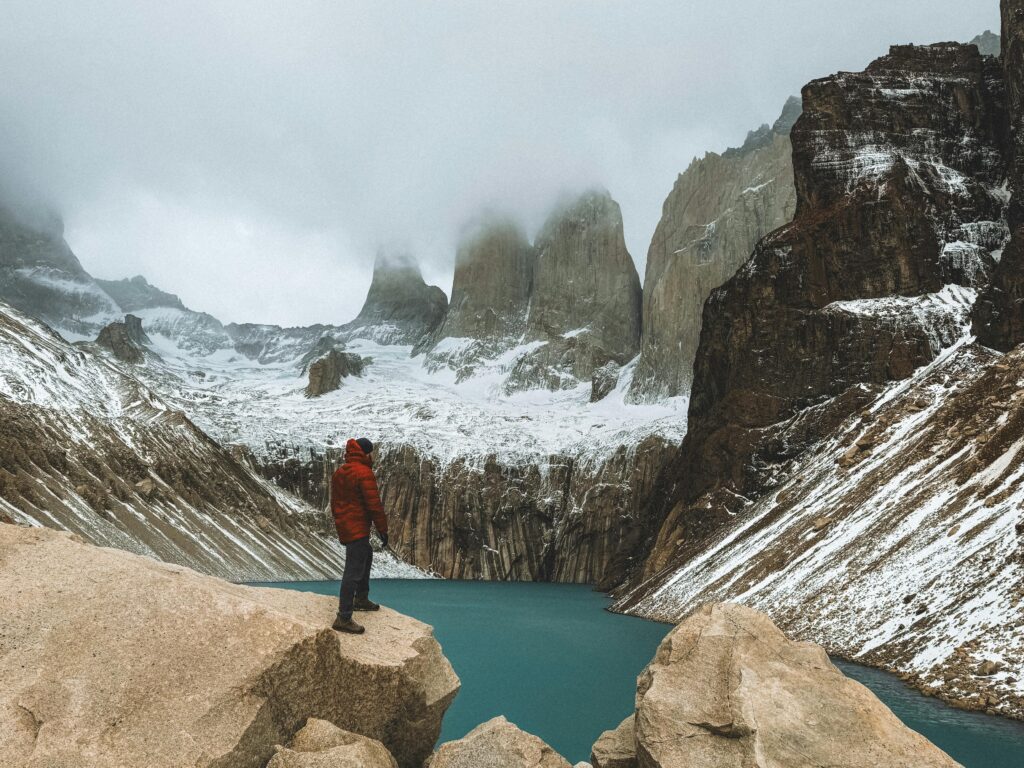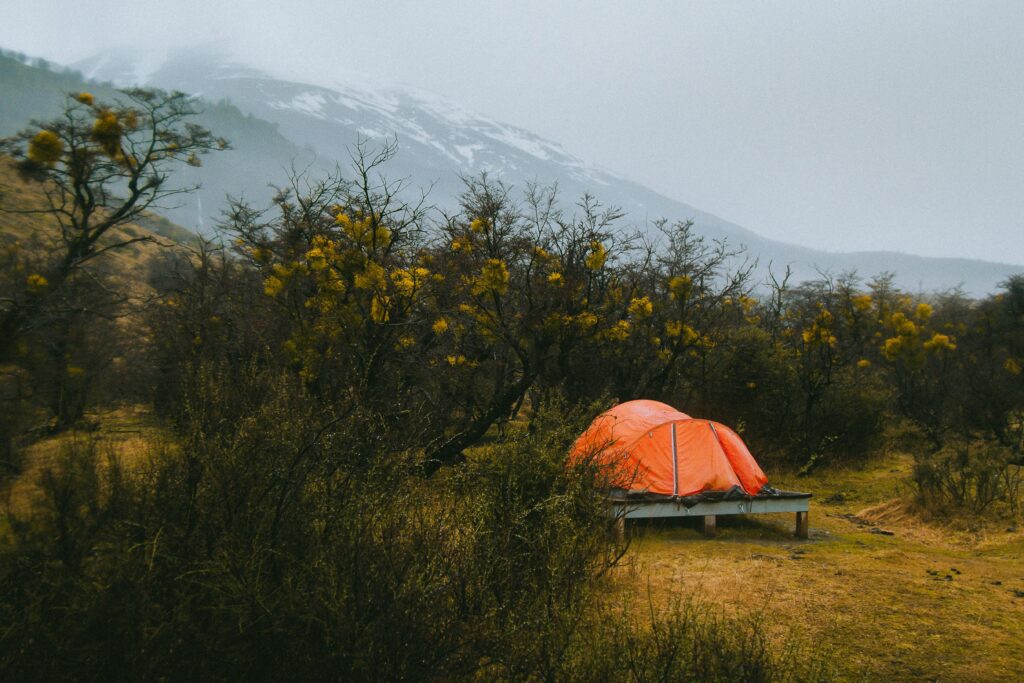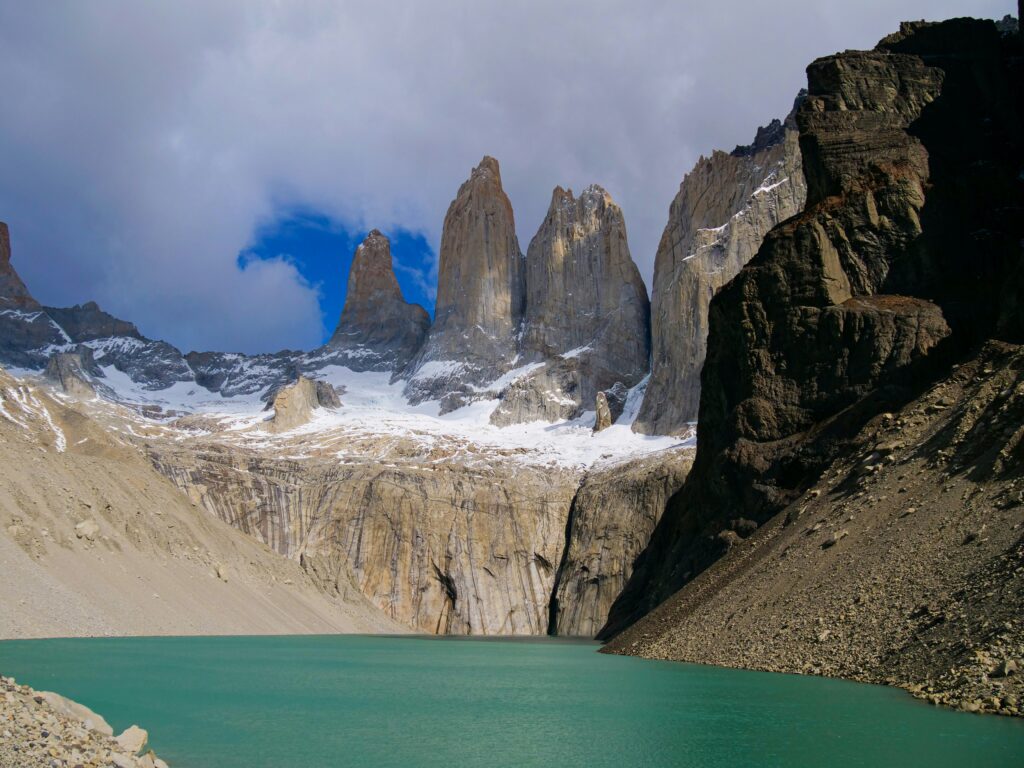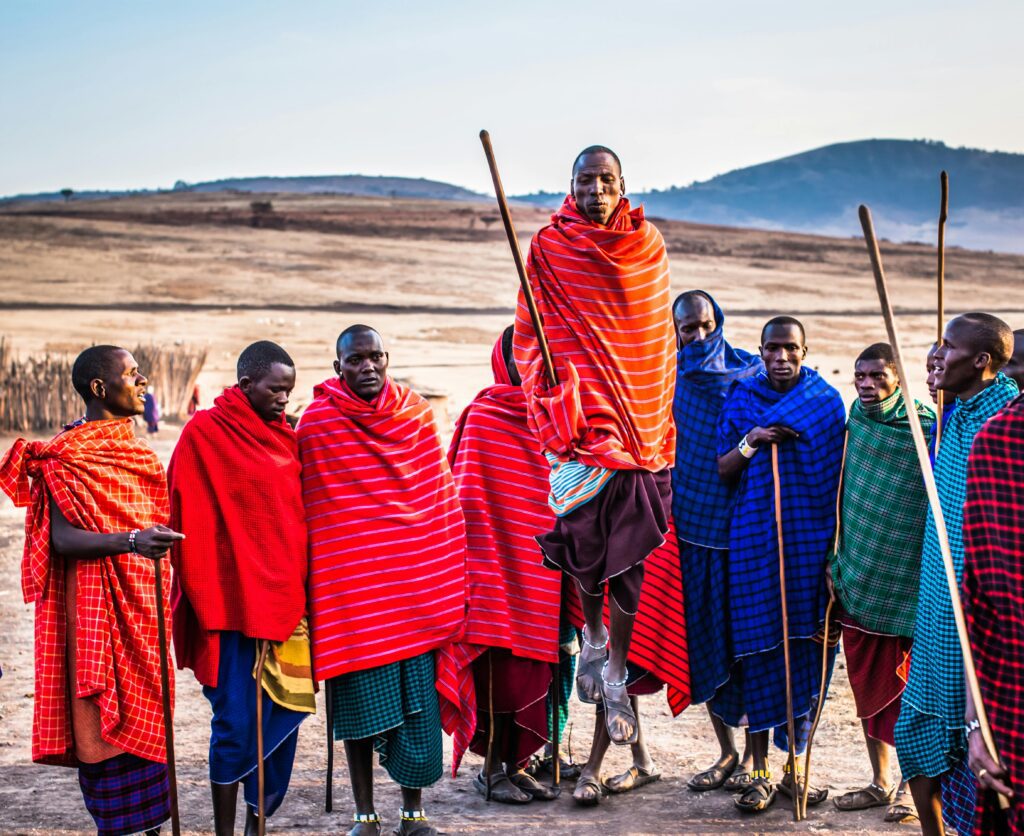“Discover the unexplored wonders of Torres del Paine National Park, Chile. Uncover hidden gems off-the-beaten-path that most tourists miss.”
Introduction: A Patagonian Paradise
Standing beneath the granite spires of Torres del Paine, their jagged peaks slicing through the crisp Patagonian sky, I felt a humbling sense of awe. The wind howled around me, carrying the scent of wildflowers and damp earth, while the distant roar of calving glaciers echoed across the valley. This UNESCO Biosphere Reserve in southern Chile is a hiker’s dream—glaciers, turquoise lakes, and golden grasslands stretch as far as the eye can see.

In this best Torres del Paine National Park (Chile) travel guide, I’ll share expert tips for planning your trip, a 3-day Torres del Paine National Park (Chile) itinerary, and hidden gems to escape the crowds. Whether you’re backpacking or seeking luxury, this guide covers it all.
Planning Your Trip
Best Time to Visit
- Peak Season (November–March): Mild temperatures (15°C–24°C), long daylight (up to 17 hours in December), and vibrant wildflowers. However, trails can be crowded, and accommodations book up months in advance.
- Shoulder Seasons (October/early November or April): Fewer tourists, cooler weather (5°C–15°C), and dramatic autumn foliage in April. Some refugios may close in late April.
- Winter (May–September): Snow-covered trails, temperatures below freezing, and limited services. Only recommended for experienced hikers with proper gear.
How to Get There
- Closest Airport: Punta Arenas (PUQ), a 3.5-hour bus ride to Puerto Natales (the gateway town). Flights from Santiago take about 3.5 hours.
- Bus to the Park: Buses leave Puerto Natales daily (~$20 USD round-trip). Companies like Bus Sur and Buses Fernández offer multiple departures. Private transfers (~$100 USD) are faster but pricier.
- Renting a Car: Possible but not recommended due to rough roads and limited gas stations.
Packing Essentials
- Clothing: Moisture-wicking base layers, insulated mid-layers, a windproof/waterproof jacket (Patagonia’s winds can reach 80 mph!), and sturdy hiking boots (broken-in to avoid blisters).
- Gear: Trekking poles (lifesavers on steep trails), a reusable water bottle (refill stations available), a solar charger (limited electricity in refugios), and a high-quality sleeping bag (rated for sub-zero temps if camping).
- Permits: Park entry is ~$35 USD (payable in CLP or USD). Book campsites and refugios in advance via Vertice Patagonia or Fantastico Sur.
Note: Book your bus tickets early—seats sell out fast in peak season!
3-Day Torres del Paine Itinerary
Day 1: The Iconic Towers
- Morning: Hike to Mirador Las Torres (6–8 hours round-trip, 18 km). Start by 5 AM to catch sunrise painting the towers fiery orange. The final ascent is a scramble over boulders—reward yourself with a thermos of maté tea at the top.
- Afternoon: Picnic at Laguna Amarga, where guanacos graze against a backdrop of snow-capped peaks. Visit the ranger station to learn about the park’s conservation efforts.
- Evening: Stay at Refugio Central ($80 USD/night for a dorm bed). Try their hearty cazuela de cordero (lamb stew) and swap stories with fellow hikers.
Day 2: Glaciers and Icebergs
- Morning: Boat tour on Lake Grey ($120 USD) to drift past electric-blue icebergs and witness the Grey Glacier calving. Listen for the thunderous cracks as ice plunges into the water.
- Afternoon: Short hike to Paine Grande lookout (2 hours round-trip) for panoramic views of the Southern Patagonian Ice Field. Keep an eye out for Andean condors soaring overhead.
- Evening: Camp under the stars at Campamento Grey ($15 USD). Fall asleep to the sound of wind rustling through the beech forests.
Day 3: Off-the-Beaten-Path

- Morning: Explore Lago Sarmiento, a serene turquoise lake dotted with fossilized stromatolites. The quiet trail (4 km loop) is perfect for birdwatching—look for black-necked swans and upland geese.
- Afternoon: Horseback riding with local gauchos at Estancia Cerro Torre ($70 USD/3 hours). Trot through rolling pampas while learning about Patagonia’s ranching history.
- Evening: Return to Puerto Natales; celebrate with a pisco sour at Base Camp Bar (try their centolla empanadas—king crab turnovers).
Pro Tip: For a longer adventure, tackle the W Trek (5 days) or O Circuit (7–9 days). Book refugios 6+ months in advance!
Torres del Paine Backpacking Tips
Trail Etiquette
- Leave No Trace: Pack out all trash (including toilet paper—bring a sealable bag).
- Wildlife: Observe guanacos and condors from a distance. Never feed animals!
- Campfires: Strictly prohibited—use camp stoves instead.
Budget Hacks
- Camping: Free sites at Serón and Frances (first-come, first-served). Budget-friendly paid campsites (~$10–$20 USD) include Chileno and Cuernos.
- Food: Bring dehydrated meals to save money. Refugios sell snacks but at premium prices ($5 USD for a chocolate bar).
Safety
- Weather: Patagonian winds can knock you off your feet—secure your tent with extra guylines.
- Water: Refill at designated stations (streams may contain parasites).
- Emergency Contacts: Park rangers (dial 138) or SOS Patagonia (for mountain rescues).
Local Culture & Food
Personal Anecdote: A Gaucho Feast
At Estancia Cerro Torre, I joined a traditional asado (barbecue). The gauchos grilled cordero al palo (spit-roasted lamb) over an open fire, the fat sizzling onto the coals. As we ate, they shared tales of outrunning pumas and surviving Patagonia’s brutal winters. The meal ended with calafate berry liquor—legend says eating these berries ensures your return to Patagonia.
Must-Try Dishes
- Centolla: King crab, a Puerto Natales specialty. Order it at Afrigonia (their centolla risotto is divine).
- Calafate Sour: A berry-infused twist on the classic pisco sour. Sip one at El Living while enjoying lake views.
- Curanto: A Chilote stew of shellfish, meat, and potatoes, steamed in a pit. Try it at La Mesita Grande.
Cultural Insights

- Gaucho Culture: Respect their way of life—ask before photographing. Tip guides 10% for good service.
- Language: Learn basic Spanish phrases. Locals appreciate “¿Cómo estai?” (Chilean for “How are you?”).
FAQs
1. Is Torres del Paine safe for solo travelers?
Yes! Trails are well-marked, and fellow hikers are friendly. However, always share your itinerary with someone and carry a whistle/emergency blanket.
2. Can I visit without hiking?
Absolutely. Scenic drives (rent a car in Puerto Natales) and boat tours (like the Grey Glacier catamaran) offer stunning views with minimal effort.
3. Are there ATMs in the park?
No—withdraw cash in Puerto Natales. Most refugios accept cards but charge a 5% fee.
4. What’s the best photo spot?
Sunrise at Mirador Las Torres for golden light on the peaks. For solitude, hike to Los Cuernos at dusk.
5. How do I avoid crowds?
Visit in October or April, or hike the less-traveled Paine Circuit. Skip midday at Mirador Las Torres—most tour groups arrive by 10 AM.
Conclusion: Start Your Adventure!
Torres del Paine is more than a destination—it’s a transformative experience. From the thunderous crack of glaciers to the warmth of gaucho culture, this park leaves no soul untouched.
Ready to explore? Book your flights today—peak-season accommodations fill up fast!
Keywords:
1. “Torres del Paine National Park (Chile) travel guide”
2. “Best time to visit Torres del Paine National Park (Chile) for hiking”
3. “What to do and see in Torres del Paine National Park (Chile)”
4. “Torres del Paine National Park (Chile) attractions and wildlife”
5. “How to plan a trip to Torres del Paine National Park (Chile) from the UK”



